Situated in the Indian state of Andhra Pradesh, the city of Tirupati is known as the abode of the Hindu god Venkateshwara, Lord of Seven Hills, and is famous for its religious sites, especially the revered Sri Venkateswara Swami Vaari Temple. The town is constantly flowing with pilgrims, who visit the massive array of shrines, holy waterfalls, sacred rivers and archaeological wonders. The town is also home to the deep forested valleys of the Sri Venkateswara National Park and Biosphere Reserve, which boasts many rare and endemic plant and animal species. Wildlife to watch out for are slender lorises, stump-tailed macaques, tigers, civets, jackals, blackbuck, panther, spotted deer, ibex, sloth bear, bonnet monkey, and many more. Birders should watch for crested serpent eagle, ashy crowned finch lark, Indian roller, kingfishers, and the white-bellied woodpecker. Other highlights include the Regional Science Centre, The 11th-century Chandragiri Fort, and the Sri Venkateshwara Museum, which features extraordinary ancient holy items, idols and weaponry.
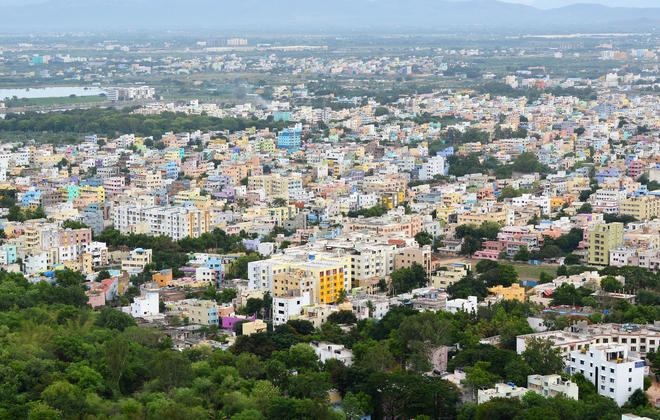
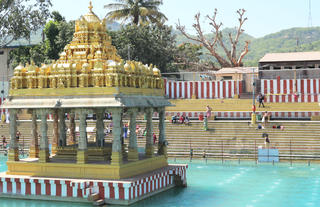
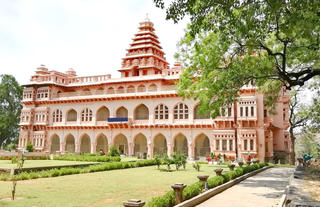
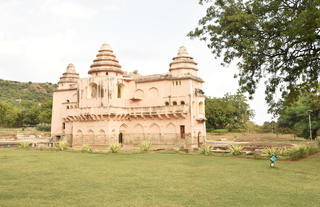
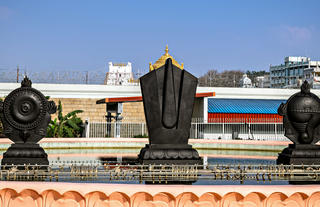
Chennai is Tamil Nadu’s coastal capital and one of India’s financial, cultural and tourism hubs. Attractions include the city’s beaches, museums, shopping areas and historical sites, particularly the centrally located Kapaleeshwar Temple – a historical shrine to the goddess Shiva, featuring gaudily decorative gopurams (towers) covered with colourful carvings – and the group of ancient rock-carved temples at Mahabalipuram, a UNESCO World Heritage Site located roughly 60 kilometres from the city centre. Also of interest is the Guindy National Park, which occupies nearly three square kilometres of greenery in the city centre and is home to an array of birds, reptiles and (mainly smallish) mammals.
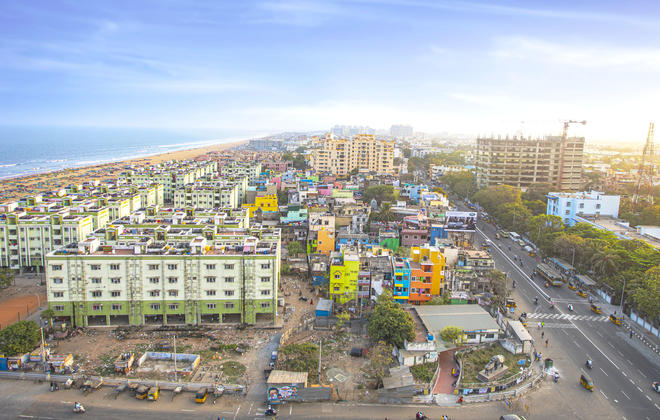

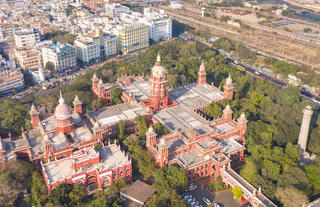
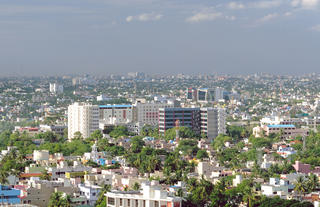

Puducherry – previously known as Pondicherry – is made up of four entirely separate enclaves along the Indian coast, all of which were colonised by the French in the 18th century. Named after the largest of these enclaves, this union territory has retained a strong European culture that makes it unlike any other place in India. Nowhere is this more evident than in Puducherry district, dubbed the ‘French Riviera of the East’, where antiquated colonial buildings line the quiet cobbled streets and tree-lined avenues of the old town, and many people still speak French as their first language.





Situated between Trichy and the coast of Tamil Nadu, Thanjavur is an important centre of South Indian religion, art, and architecture. It is also an agricultural hub, fondly known as the ‘rice bowl of Tamil Nadu’. It’s most visited monument, the exquisite Brihadeeswara Temple, is located at the centre of the city and a style of painting, called Tanjore, which is unique to the region, can be seen here. The temple is one of the Great Living Chola Temples, which are UNESCO World Heritage Sites located in and around Thanjavur. Thousands of people still worship at the Cholas' grand Brihadishwara Temple every day.
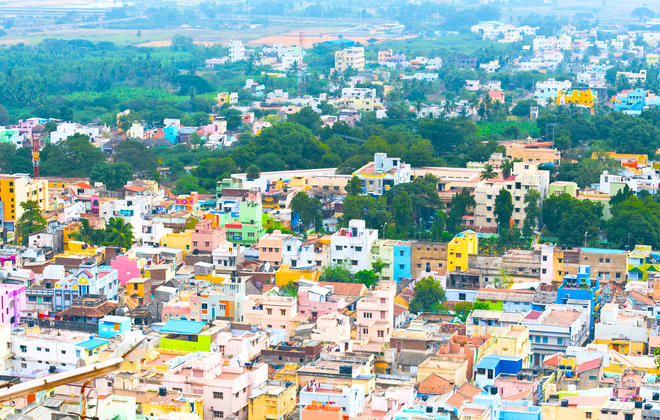

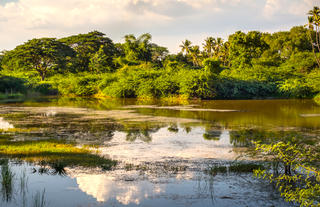
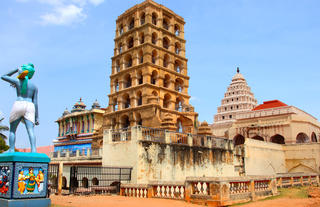
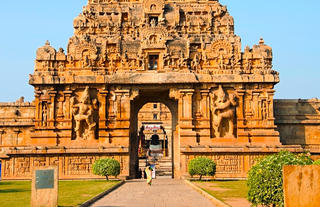
Located in the southern state of Tamil Nadu, Madurai is the oldest existing city on the Indian peninsula, and one of the oldest continuously inhabited cities in the world, with a recorded history spanning more than 2500 years. It is known as ‘the city of temples’ due to its countless ancient Hindu shrines, including the great Meenakshi-Sundareswar Temple, spread over 6 hectares and featuring a series of 50-metre-high gateway towers that can be seen from afar. The best time to visit Madurai is between October and March, when temperatures are between 20-35 degrees.






